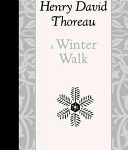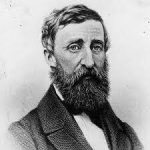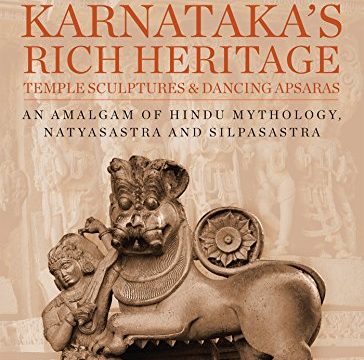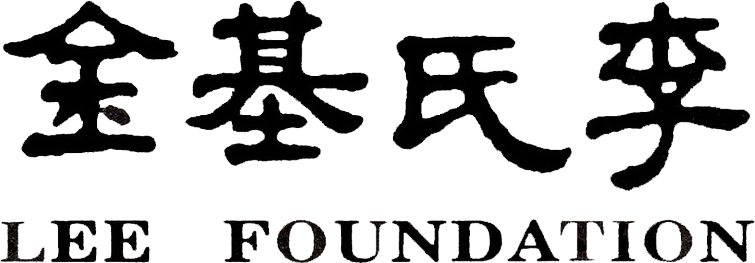Books Banter
“What can Henry David Thoreau teach me about dance, wonders New York-based dancer-choreographer and academic, Maya Kulkarni letting us foray into Thoreau’s writing and her own response to it “



I have been re-reading Henry David Thoreau’s works, the Walden Pond, an all-time American Classic, particularly The Winter Walk, he wrote in 1843. Thoreau’s writings have absolutely no connection to dance. I read it for the sheer poetry and the magical spell he weaves when he takes me on a cold New England morning through the frozen landscape of the woods in Massachusetts. All is still and cold.
Now, what has this to do with dance? Nothing really. But I find Thoreau’s writings nourish my creative urge. First, the quest for getting to the essence of things through detailing the smallest, minutest event in the life of a forest: the journey of a fallen leaf, twisting and turning with the eddies of the Walden Pond is an event. The faint scratch marks in the soft snow are a testimony to the million tiny creatures, the slow drift of snow vapours that hug the tree stems, linger over leaves, wrap through the branches to meet the weak tops alight with gentle rays of the sun, is an event.
This attention to slow progression teaches me how the turn of the head in dance, the tension in the averted neck, the rise and fall of a shoulder, is an event that will concretize a character, and enrich the visual poetry of the ‘told’ narrative. The details create word pictures that must carry the essence of things at their heart. There is an oppositional way to create meaning: stillness can be defined by movement. Pauses say much, that a flurry of fancy movements might fail to do. Thoreau’s Nature has a purpose, a mood, and character: the ‘forlorn’ call of the owl, the ‘cheerful’ chirping of small, winged creatures, the slow ‘ponderous’ slide of a worm on the leaf, the ‘lonely’ woods and the ‘stillness’ of snowclad dawn that awaits the ‘burning’ that is to come. I too have tried in my works to endow creatures with human character and vulnerabilities.
My Adventures of the Naughty Bee depicts the flighty and mischievous bee; the peacock in another composition is a show-off, proud and slightly wicked. Reading of the Winter Walk inspires a mood narrative. Finally, there is the essence of things: I too look for a central idea with which to begin, thread, and end. Comparison with a literary genius such as Thoreau is unseemly, I admit, but can I not draw on the rich experience that comes from a deeper reading of his work?
On Our Bookshelf
On Our Bookshelf Karnataka’s Rich Heritage – Temple Sculptures & Dancing Apsaras:An Amalgam of Hindu Mythology, Natyasastra and Silpasastra 1st Edition by Lalit Chugh

Amongst all Hindu sculptures, sculpture of Nataraja, the dancing Siva, is perhaps the most popular. Over years, scientists, philosophers, artistes, scholars, writers, art collectors, archaeologists, mythologists, have dabbled with its form, content, philosophy, making it their subject of research, writing and conversation. Karnataka, and its temple architecture tradition, have played a pioneering role in giving an artistic form to this convergence in its temple sculptures. Though this trend may have started earlier during 2nd and 3rd century CE, it is believed that it took center stage from the times of the Badami Chalukyas. Passing through various refinements between 5th and 10th centuries, it reached its peak with the Hoysala art. This book traces the history of temple sculpture evolution and development through the centuries by referring to the existing sculptural forms and the canonical literature that developed over time.
In this book, Lalit Chugh, a post-graduate in Physics from Delhi University, who has been working on heritage preservation issues, sheds light on the convergence between Hindu mythology, Natya Sastra and Silpasastra.









